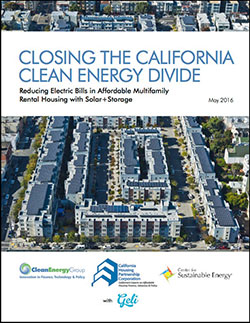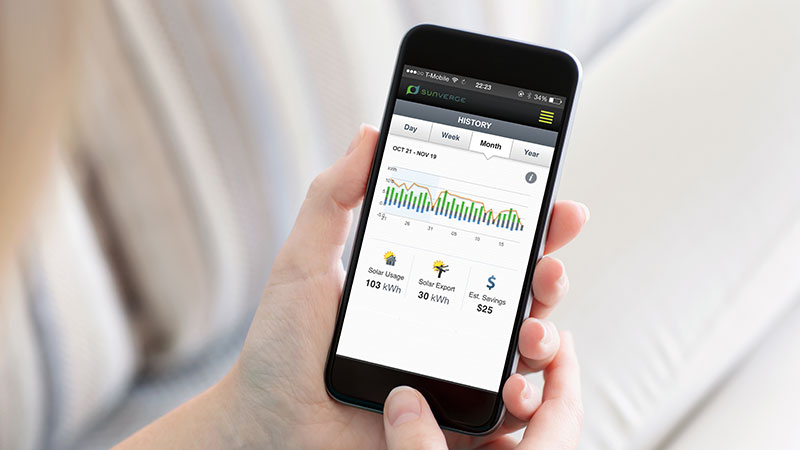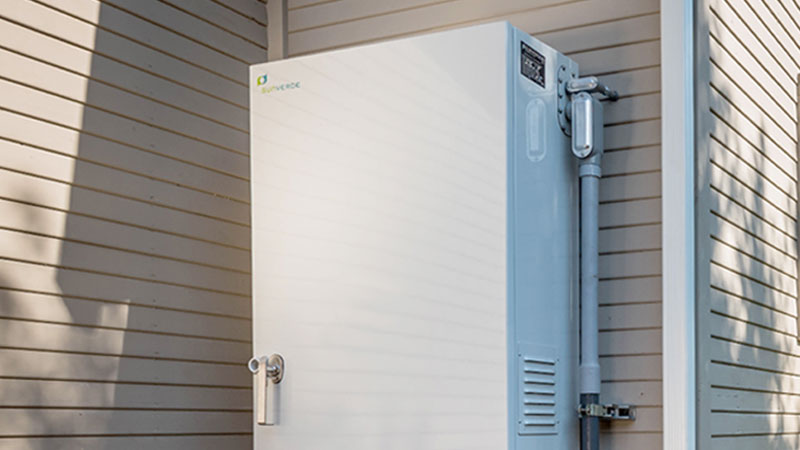Because the lion’s share of storage projects to date involve rooftop solar, it’s easy to think of storage as an extension of a PV installation. That has many people in the industry and in the media calculating the value of storage in terms of its ability to capture the otherwise unused power generated by distributed solar.
That’s a self-defeating view for both utilities and for consumers, because it obscures the much larger, true value of intelligent storage. In fact, I’m convinced that, over time, storage will make a much more significant contribution to our energy future than solar or any other specific source of DER generation.
An article in Public Power magazine last fall stated the reason clearly: Electricity “is the world’s longest supply chain that has almost no warehousing ability whatsoever.” What we are developing in our industry with ever-advancing storage and control technology is exactly the warehousing that’s been absent from the grid since the first wires were strung in the 19th Century.
Solar is going to play a huge role in the development of DERs and is helping drive the creation of “Grid 2.0.” There’s no question that utilities recognize this: Storage was named the top emerging technology in a Utility Dive survey of 400 utility executives last year, and utilities have continued to invest significantly in upgrading their infrastructure to deal with the consequences of the two-way power flows of DERs.

This recent report from the Clean Energy Group cites an example of how storage not only provided 90 percent more savings than solar alone – it did so for one-third the cost of putting PV panels on the roof.
Consider the findings of this recent report about the contribution of storage to reducing demand charges for low-income rental units in California. Storage not only provided 90 percent more savings than solar alone – it did so for one-third the cost of putting PV panels on the roof. Storage is simply the key component for delivering long-term value as the new grid is developed.
Some of the biggest advantages can accrue to municipal-owned utilities. In the past few years, Munis have seen power consumption decline or flatten (overall load growth in the U.S. hovers at a stagnant 1% a year). Combine that with the lower customer rates versus the cost to purchase power, and that can put them under a lot of economic pressure. Then consider that for many municipal utilities, solar isn’t a feasible option (sometimes for reasons of geography, sometimes for reasons of politics.)
So consider a situation that’s typical for some of these Munis. Take distributed generation out of the equation – but invest in the storage. Instead of charging the storage from a PV setup, charge it at off-peak hours (and prices). Then tap that power during peak demand. Utility costs are down, customer bills are down (if there is time-of-use billing), and reliability is up. That’s immediate value.
It’s even more valuable when you consider that there’s only so much you can do to shift natural demand from peak times – when wholesale rates skyrocket – to off-peak. Not too many people have heavy demand for hot water at 1 am, and most of them crank the AC or heat during the day and early evening hours.
That means also that the intelligence of the storage technology in use is vital to automatically make the right decisions. This should be a big topic of discussion at the APPA conference this month in Phoenix – and we’ll be there to talk about it.
By Ken Munson







